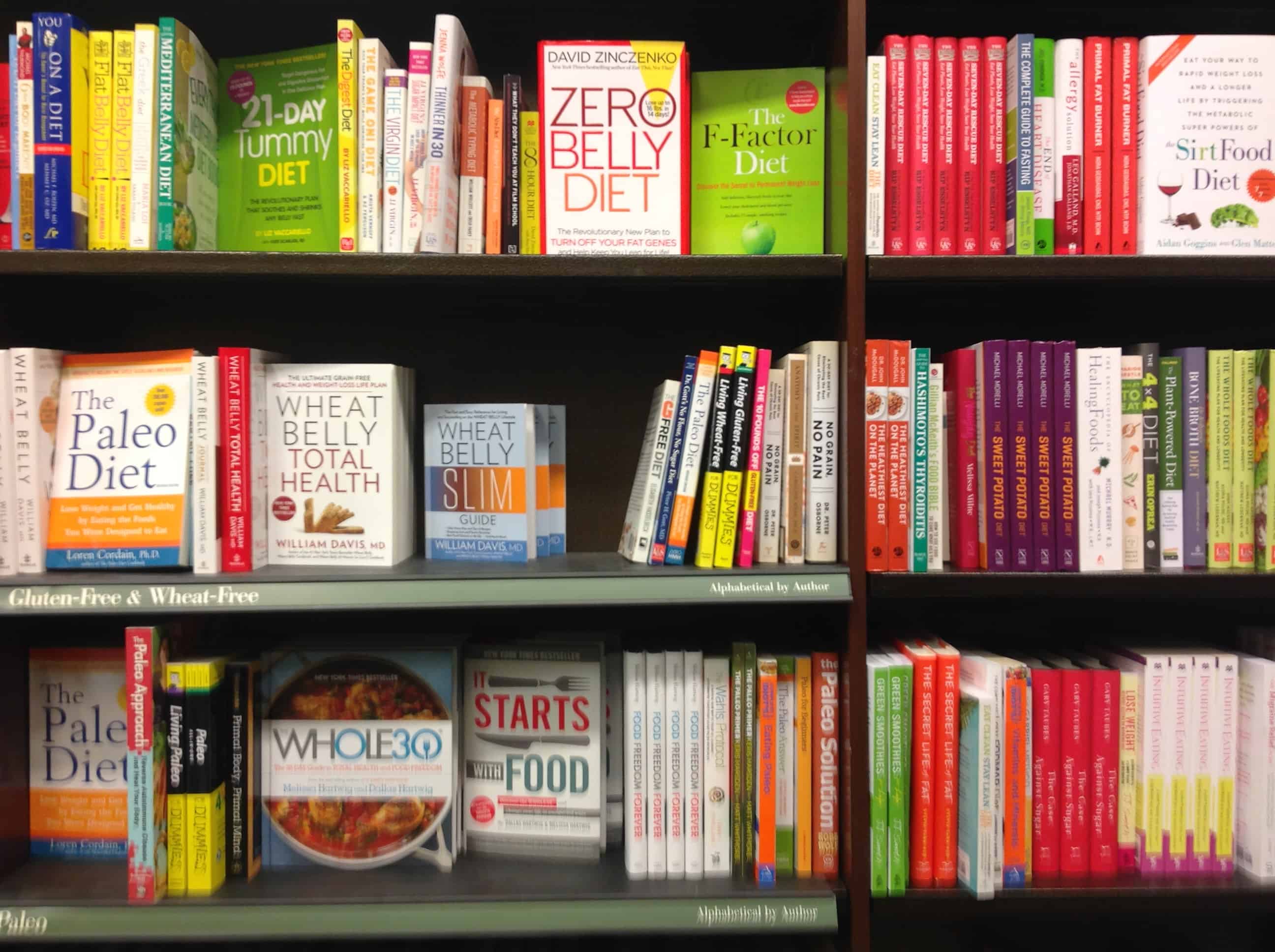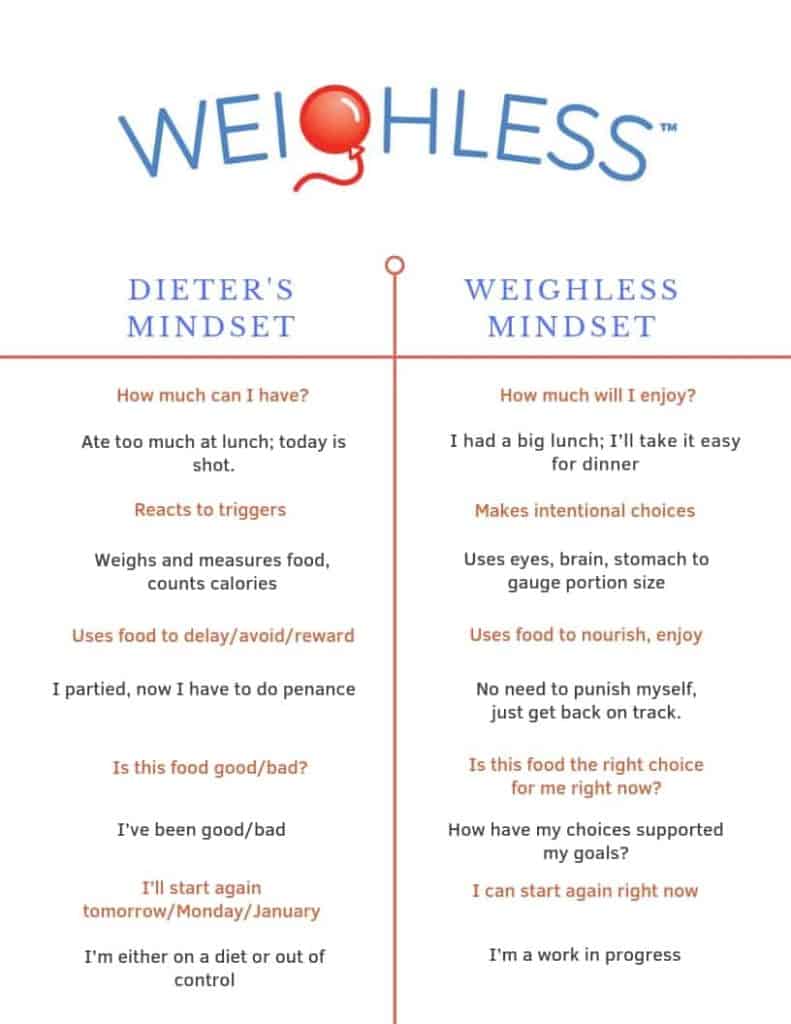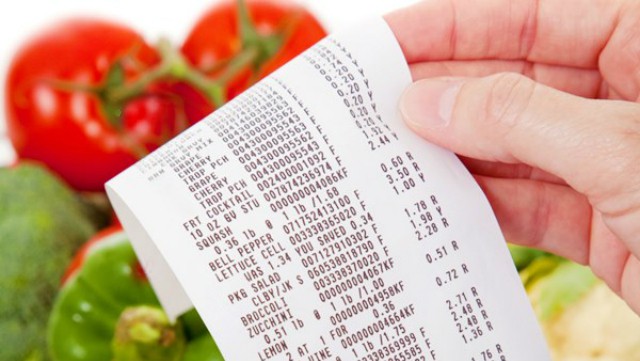This week’s Nutrition Diva podcast talks about the recommended intake of omega 6 fats. How much is enough? How much is too much?
Here’s a guide to the omega-6 and omega-3 content of a variety of healthy foods. Click on any column to sort the list by that value.
Want a food added to the table? Add your request in the comment section and I’ll do my best to add it.
| Food | Serving | Grams | Total Fat (g) | Total PUFA (g) | O-6 | O-3 |
|---|---|---|---|---|---|---|
| Brazilnuts | 1/4 cup | 33 | 22 | 7 | 7 | 0 |
| Canola oil | 1 Tbsp | 14 | 14 | 4 | 3 | 1 |
| Chia seeds | 1 Tbsp | 10 | 3 | 2 | 1 | 2 |
| Corn oil | 1 Tbsp | 14 | 14 | 7 | 7 | 0 |
| Flaxseeds | 1 Tbsp | 11 | 4 | 3 | 0.5 | 2.5 |
| Grapeseed oil | 1 Tbsp | 14 | 14 | 10 | 10 | 0 |
| Hemp hearts | 1 Tbsp | 10 | 5 | 4 | 3 | 1 |
| Peanut butter | 2 Tbsp | 32 | 16 | 4 | 4 | 0 |
| Pecans | 1/4 cup | 25 | 18 | 5 | 5 | 0 |
| Pinenuts | 1/4 cup | 34 | 23 | 11 | 11 | 0 |
| Pumpkin seeds | 1 Tbsp | 32 | 16 | 7 | 7 | 0 |
| Rice bran oil | 1 Tbsp | 14 | 14 | 5 | 5 | 0 |
| Salmon, cooked | 3 oz | 85 | 7 | 3 | 0.5 | 2 |
| Sesame seeds | 1 Tbsp | 9 | 6 | 2 | 2 | 0 |
| Sunflower seeds | 1 Tbsp | 36 | 19 | 8 | 2 | 0 |
| Tofu, firm | 3 oz | 85 | 5 | 2 | 2 | 0 |
| Tuna, white | 3 oz | 85 | 3 | 1 | 0 | 1 |
| Walnuts | 1/4 cup | 30 | 20 | 14 | 11 | 3 |


 Most diets pay way too much attention to what you eat and not enough to why and how you are eating it. You get detailed instructions about exactly what to eat and what not to eat. And if you follow the instructions, you will almost certainly lose weight.
Most diets pay way too much attention to what you eat and not enough to why and how you are eating it. You get detailed instructions about exactly what to eat and what not to eat. And if you follow the instructions, you will almost certainly lose weight.

